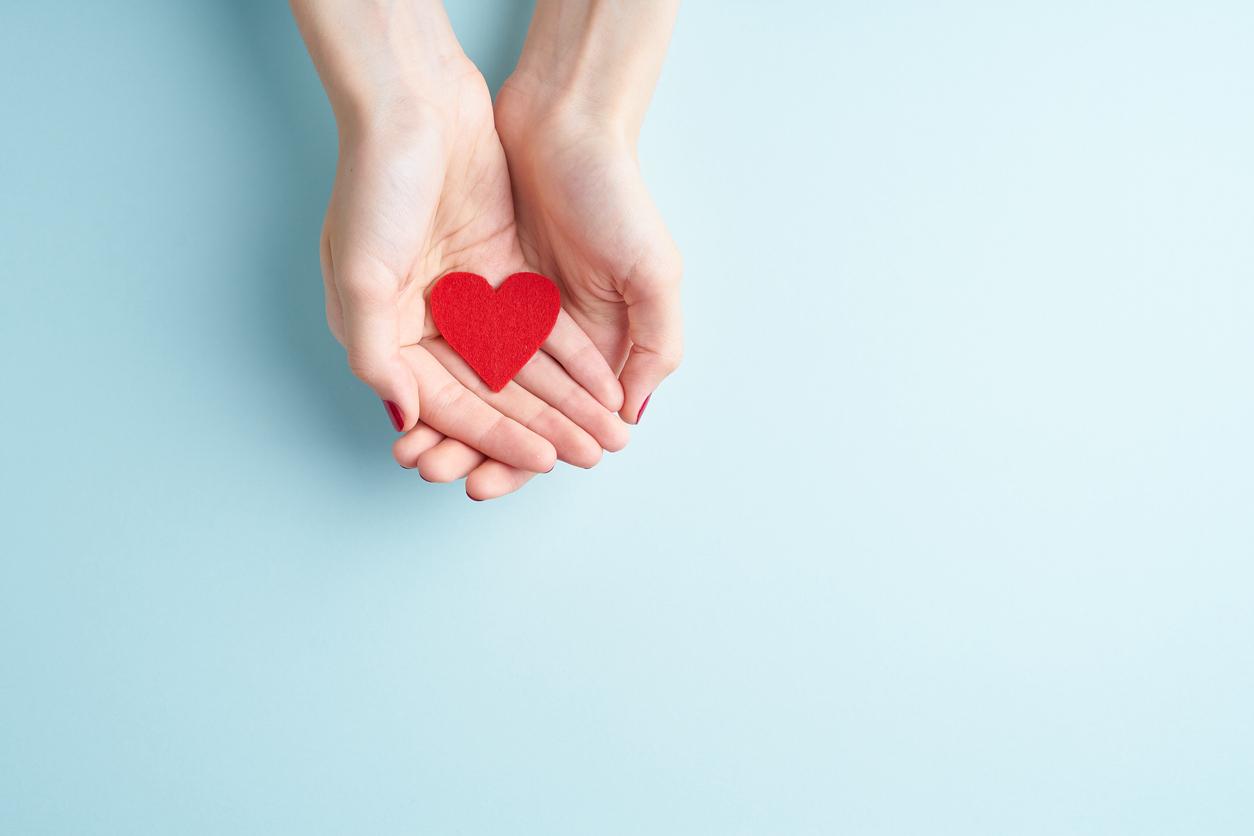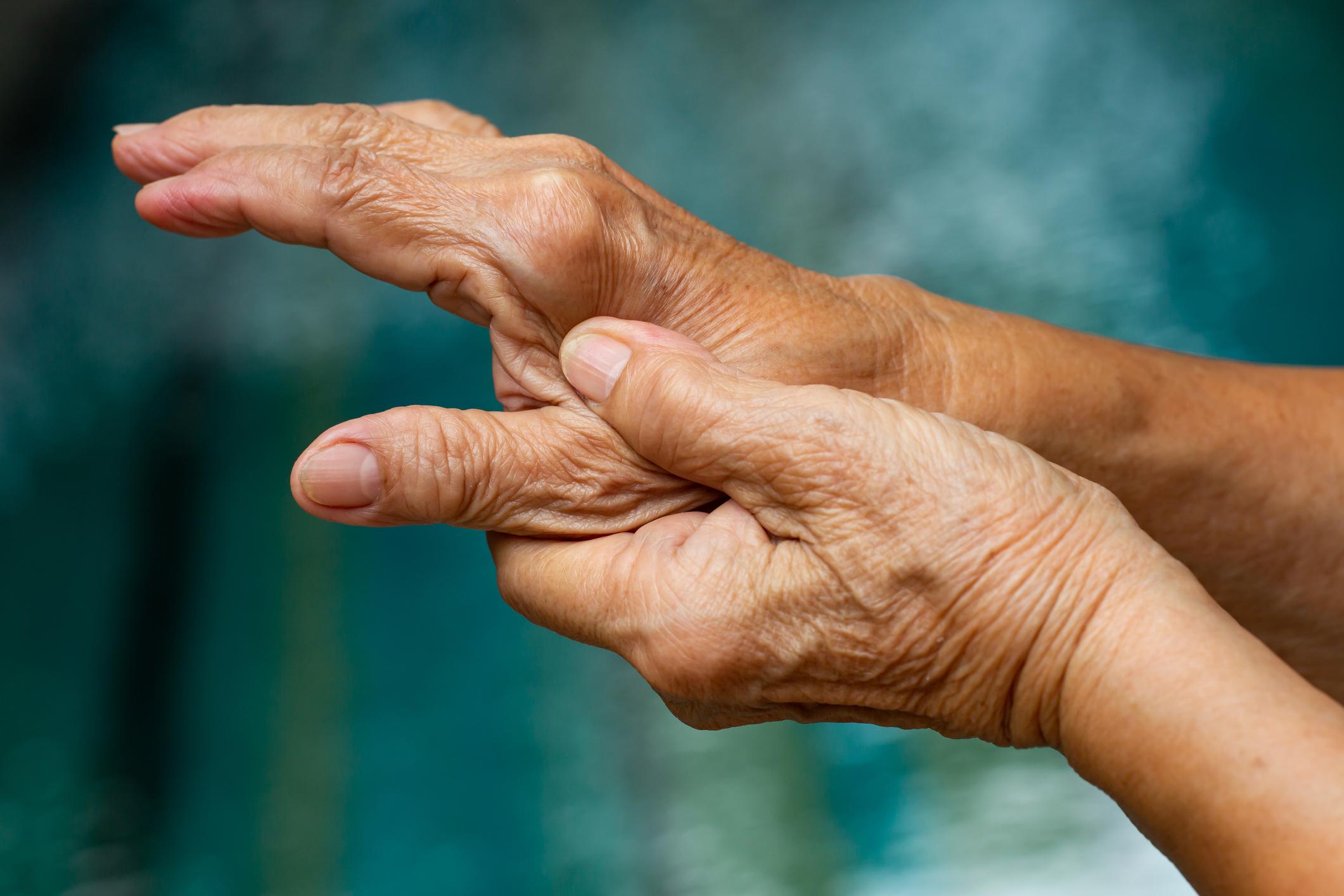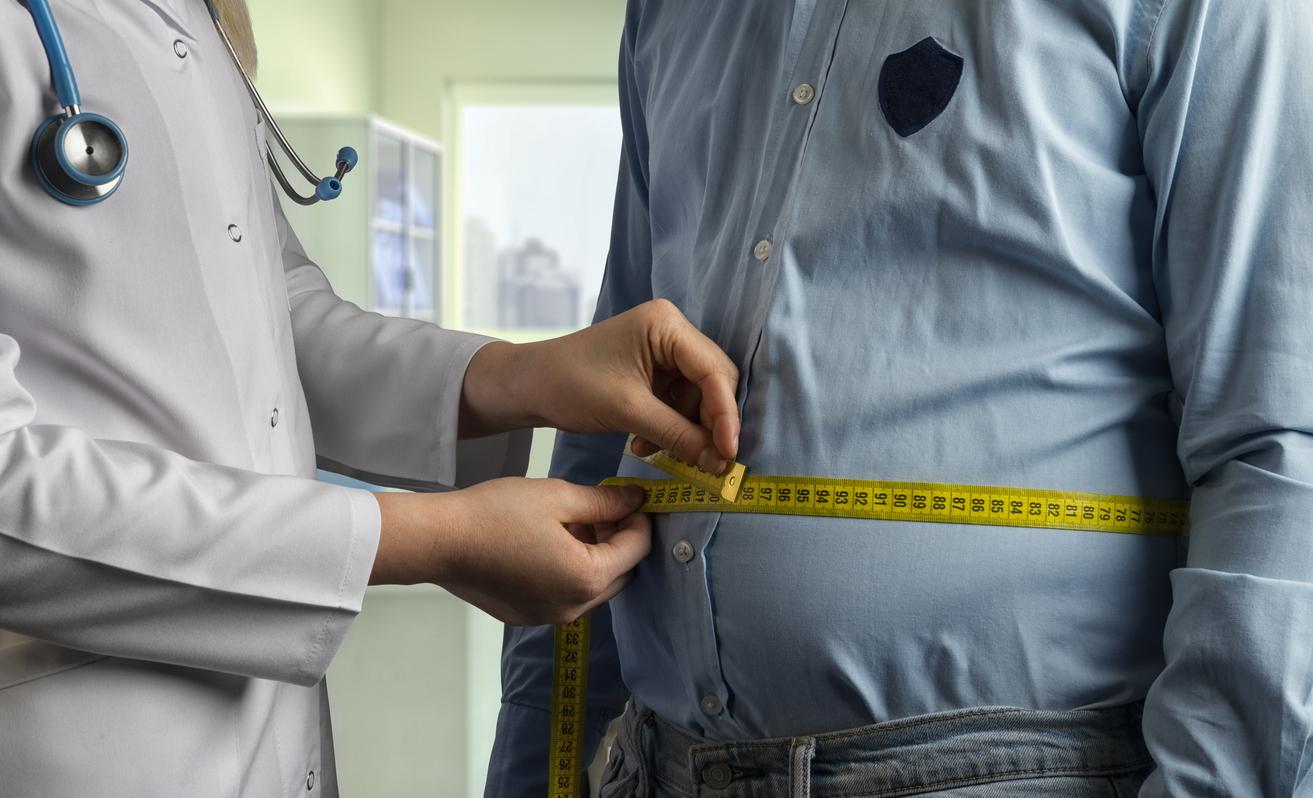On the occasion of World Bone Marrow Donor Day organized this September 16, 2023, Dr Catherine Faucher, director of hematopoietic stem cell collection and transplantation within the biomedicine agency, answers our questions about this vital donation for patients with serious blood diseases.

Why Doctor: September 16, 2023 is the ninth day of bone marrow donation. Why an event dedicated specifically to this type of transplant?
Dr Catherine Faucher : everyone is used to hearing about organ donation. But that of bone marrow remains less known. However, it also saves lives. Bone marrow donation is a vital donation, just like kidney or liver donation. This lack of understanding may come from the fact that the role of the organ is quite abstract for many people.
The bone marrow produces blood cells which are essential to life: red blood cells which carry oxygen, white blood cells which help us fight infections as well as platelets which participate in clotting. They are produced inside the marrow by hematopoietic stem cells. Without them, it is impossible to live.
Bone marrow donation: “when it is decided, there are no other treatments to save the patient”
Which patients need bone marrow donation?
These are patients who have serious blood pathologies: malignant cancerous diseases such as acute leukemia, lymphomas and myelodysplasia or non-malignant diseases such as bone marrow aplasia (a cessation of functioning of the bone marrow) or even diseases hereditary red blood cells such as sickle cell disease or thalassemia.
These are “fortunately” rare diseases, but when the indication for bone marrow transplantation is made, this means that there are no other treatments to save the lives of these patients.
Bone marrow donation is conditioned by something quite complex called the compatibility of the HLA system (human histocompatibility antigens, Editor’s note). It’s a bit like our genetic identity card, half of which we inherit from each of our parents. Compatibility between donor and recipient determines the possibility of doing a transplant or not. When a bone marrow transplant is necessary, the first search is carried out within the family, with brothers and sisters as a priority.
If there is no match among family members, a compatible person is searched in the national donor register of France. If there are no results, the search is extended to all 73 other interconnected national registers. We thus have a pool of nearly 42 million registered donors worldwide.
Bone marrow: “we also need male donors as a priority”
Can we all be bone marrow donors?
The first condition to be a bone marrow donor is youth. Over 18 of course, but under 36. We need very young donors.
We also need male donors as a priority. Currently on our registers, we have a ratio of 65% women and 35% men. A largely insufficient figure since men represent around 70% of donors collected each year. Why do transplants mainly come from men? During any pregnancy – even an early miscarriage – women develop anti-HLA antibodies which are likely to make the aftermath of a transplant complicated. This is why when we have several possible donors, we will always choose the male donor.
To meet the needs of patients, it would be necessary to reverse the trend in terms of the sexes of donors. This is why this year we are especially appealing to young men. Plus, it’s good to have diverse geographic origins because the population is. Our goal is for our registry to be as diverse as the population. In addition to age, there are several contraindications such as cardiac or respiratory conditions, high blood pressure, diabetes, liver failure, etc. They are all detailed on our website.
But if you can’t be a donor, you can be an ambassador. You should not hesitate to talk about it to those around you to make bone marrow donation known. We can be the person who decides a young man to volunteer as a donor and save a life.
What should you do when you want to be a donor?
Bone marrow donation is not something you should do on a whim. You have to take information and think about it. It’s a commitment, because you could very well be called next month or in a year or in ten years.
Well-informed and determined people register on our site. They receive a saliva kit at home. Then simply spit into the tube and send it back. The sample will establish their “biological identity card” and will subsequently make it possible to identify a possible compatibility with a patient.
Bone marrow : THE donor is connected to a machine similar to that of the donor blood
How does it happen when a compatibility is established between a donor and a recipient, and a donation is possible?
When the donor is called, he has several weeks to organize himself. We don’t call it day for the next day. Usually there are 4 to 6 weeks, or even 8 weeks.
Concerning the donation, there are two possible methods. The oldest – and the least common now – East the collection of marrow by puncture at the level of the pelvic bone. It is carried out at block under anesthesia. When you wake up, you may feel a little sore, but you just need to take simple painkillers. We leave the hospital the next day.
The method used in 80% of cases is even simpler. The donor is not asleep. He sits in a recliner and is connected to a machine similar to the blood donation machine. A few days earlier, he received a medicine that stimulates the production of bone marrow cells and moves them from the bones into the blood. The device, called cytapheresis, takes the cells of interest from the blood and leaves those that are not necessary for donation. It lasts between 3 and 5 hours. Patients are not hospitalized. They can return home immediately afterwards.
The sampling technique is chosen by the transplant teams based on the patient’s pathology and the quantity of cells needed.
After 8 days, the donated bone marrow is reconstituted because the hematopoietic stem cellsself-renew. Thus, if the conditions and contraindications are respected, there are no after-effects at all for the donor.
Depending on the progress of the transplant, the donor may be required to take a second sample. In addition, young volunteers who wish have the opportunity to re-register to make a second and final donation.
How long do you have to get the donation to the patient?
We have approximately 36 hours to 48 hours to get the samples to the patient. The timing can be quite tight, especially if the donor and recipient are not in the same country. Every year in France, there are 2,000 patients who benefit from a transplant, a little less than half are done from a family donor, and A little more than half by an unrelated donor.
“Bone marrow transplantation is like a second birth for sick”
And what happens for the patient?
For many patients, a bone marrow transplant is seen as a second birth.
Before the procedure, the patient with a serious blood disease receives transplant conditioning treatment. The goal is to make the body unable to reject the donor marrow. On D-day, he receives bone marrow via a central catheter.
Bone marrow has an almost magical characteristic: on the surface of the hematopoietic stem cells, there is a small anchor allowing them to attach to the cells that make bone marrow. They recolonize thus the bone marrow of the recipient. Three or four weeks after donation, they begin to produce red and white blood cells and platelets.
There may be a complication, called graft-versus-graft disease. hostwhich requires additional immunosuppressive treatments and possibly hospitalizations. The first year post-transplant is often intense for the patient. But unlike organ transplantation, if all goes well after a few months, a state of tolerance is created between the cells of the donor and the recipient allowing the immunosuppressive treatments to be stopped.
















